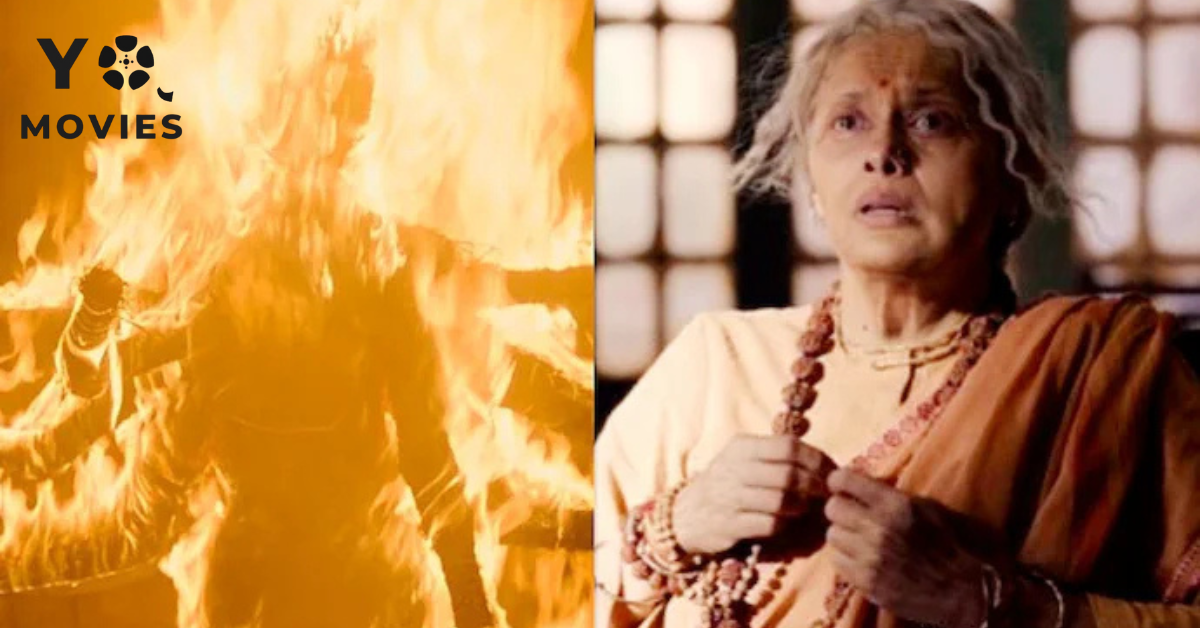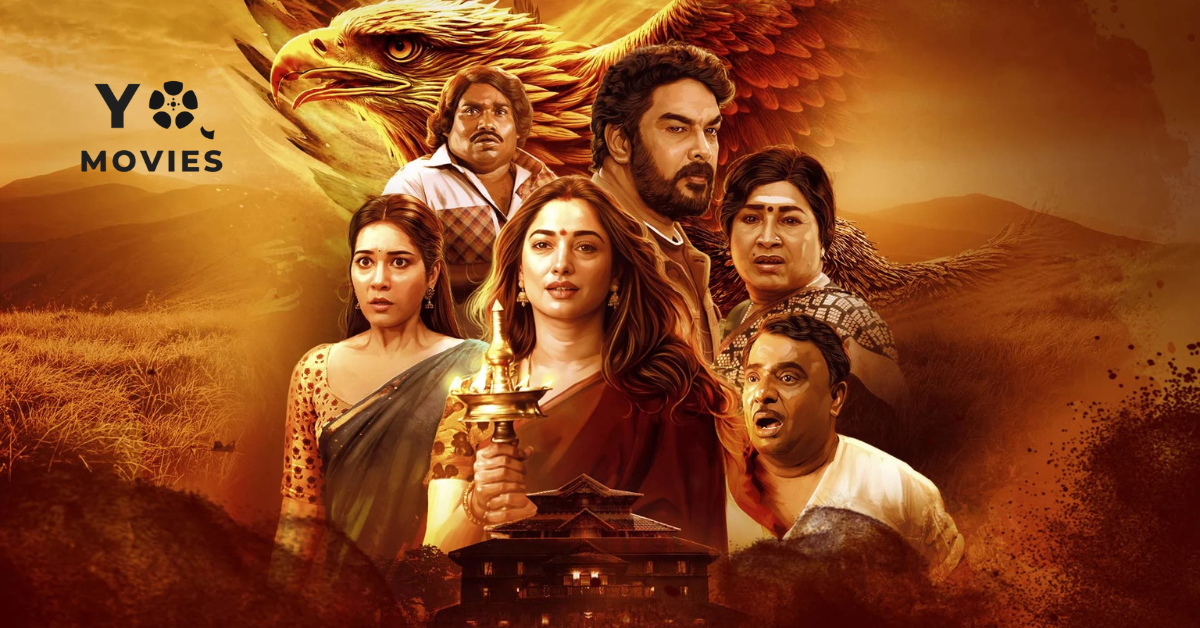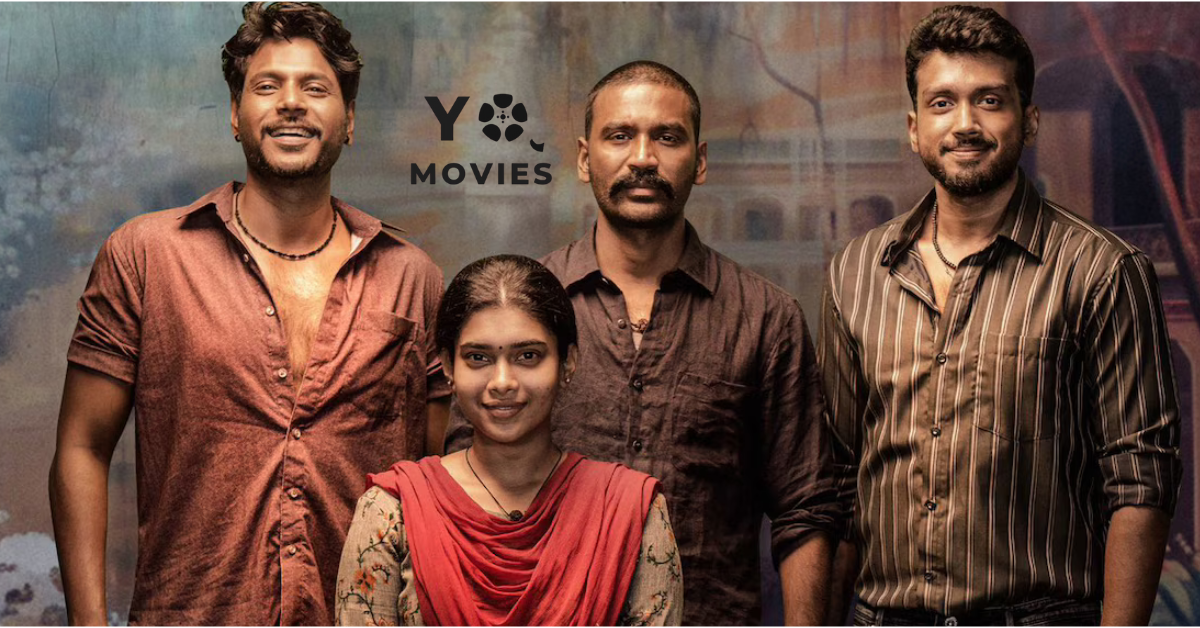The Bengal Files Movie Review: Agnihotri’s Controversial History Thriller
The Bengal Files (2025) is a Hindi-language historical drama directed and written by Vivek Ranjan Agnihotri. Serving as the third film in the “Files” trilogy—following The Kashmir Files and The Tashkent Files—it chronicles the traumatic events of the 1940s, notably Direct Action Day and the Noakhali riots. Released worldwide on September 5, 2025, the film aims to expose a neglected chapter of Indian history, portraying it through the lens of personal suffering and political conflict.
Cast and Crew of The Bengal Files
- Director & Writer: Vivek Ranjan Agnihotri
- Producers: Abhishek Agarwal, Pallavi Joshi
- Cinematography: Udaysingh Mohite, Attar Singh Saini
Main Cast:
- Mithun Chakraborty as Madman Chatur
- Anupam Kher as Mahatma Gandhi
- Darshan Kumar as Shiva Pandit
- Sourav Das as Gopal Patha
- Puneet Issar, Dibyendu Bhattacharya, Govind Namdev, Babbu Maan, Pallavi Joshi as Mother India, Namashi Chakraborty and others round out the ensemble.
The Bengal Files Movie Review: Plot Overview
Set in August 1946, The Bengal Files centers on the chain reaction triggered by Direct Action Day—a government-mandated call for protest—and the resulting communal gore in Calcutta and Noakhali. It portrays the turmoil through multiple perspectives: a troubled mystic (Mithun), a patriotic journalist (Darshan), and the approach of Gandhi (Anupam). The personal stories intersect with political machinations, highlighting the devastating impact of mass violence on individuals and society.
Performances and Direction
- Mithun Chakraborty’s performance draws attention, his anguished portrayal as Madman Chatur—a survivor who bears witness—is hauntingly effective.
- Anupam Kher, as Gandhi, provides calm amidst chaos, though his portrayal may feel more emblematic than nuanced.
- Darshan Kumar delivers emotional intensity as a journalist propelled by duty and pain.
- Supporting roles contribute historical depth, though the large cast sometimes lacks screen time to fully develop their arcs.
Agnihotri’s direction aims for emotional resonance and stark visual storytelling. Critics note its bold narrative focus, but the lack of broader historical context has raised concerns about tone and political motivation.
Technical Craftsmanship
Sharply shot in sepia tones that echo archival materials, Udaysingh Mohite’s cinematography combines grand frames with intimate close-ups of anguish. The film’s teaser, described as “emotionally charged and brutally honest,” sets a foreboding tone.
Editing weaves together multiple character arcs across chaotic settings, although some critics feel the narrative momentum is interrupted by repetitive scenes. The film draws heavily on metaphor, invoking Gandhi’s ideals and communal wounds to ground its narrative.
The Bengal Files Movie Review: Reception & Controversy
The film has generated polarized reactions:
- Praise for addressing neglected history and giving voice to suffering with stark urgency.
- Criticism for potential communal bias and lack of nuance, with critics accusing its portrayal of selective context—raising concerns on social media about propaganda.
- Mixed audience sentiment: some viewers find it impactful and haunting, others see it as agenda-driven and divisive.
The Bengal Files Movie Review: Final Verdict
The Bengal Files is a bold cinematic endeavor—emotionally charged, visually vivid, and featuring committed performances. However, it risks becoming polarizing due to its narrow historical lens and ideological undertones. It’s a film that will awe some and alienate others, depending on personal and political leanings.
Rating: ⭐⭐⭐☆ (3/5)
Watch The Bengal Files on YoMovies
Stream The Bengal Files now on YoMovies—your source for powerful historical dramas and thought-provoking cinema.





Leave a Reply